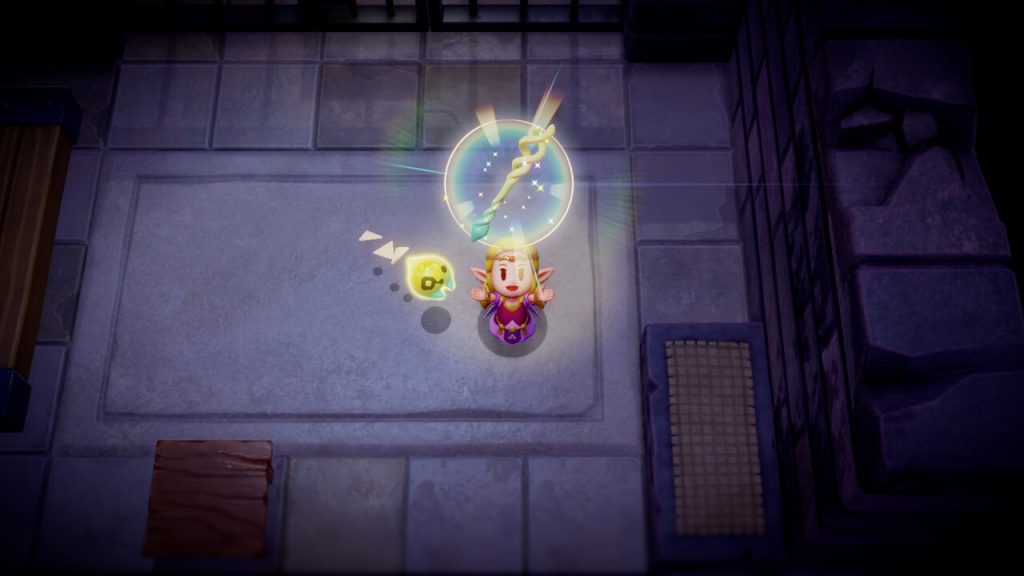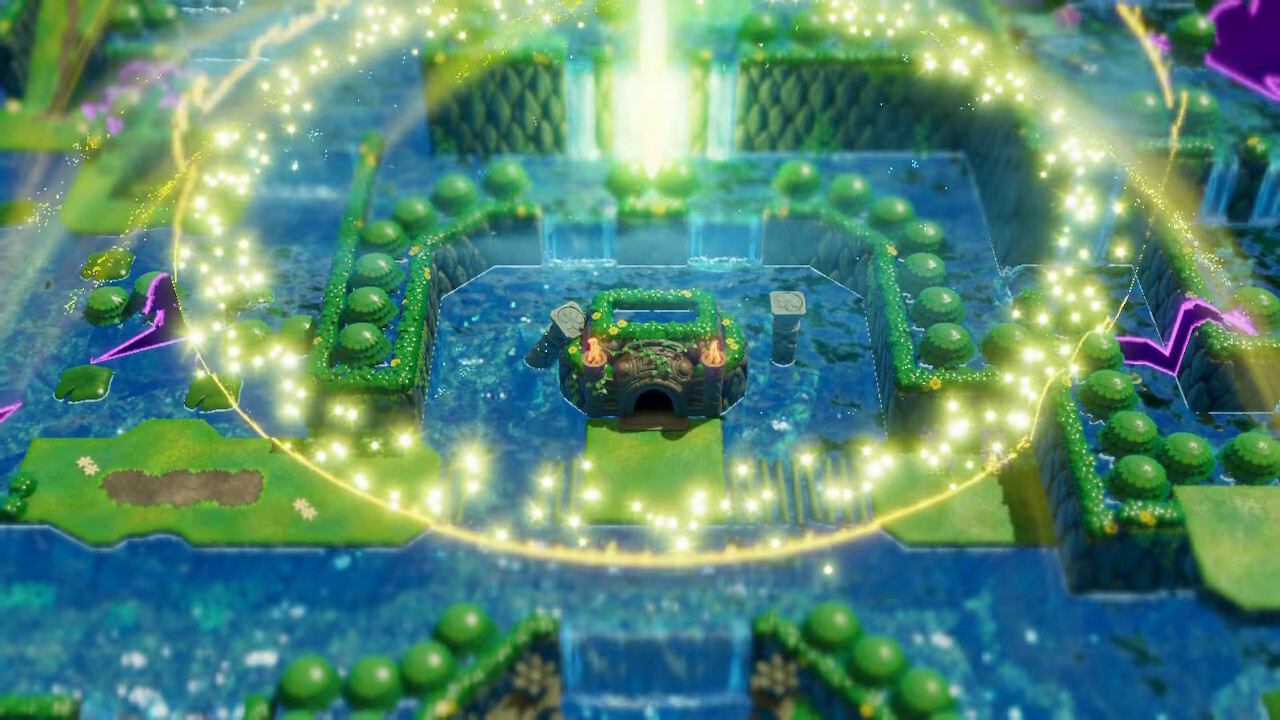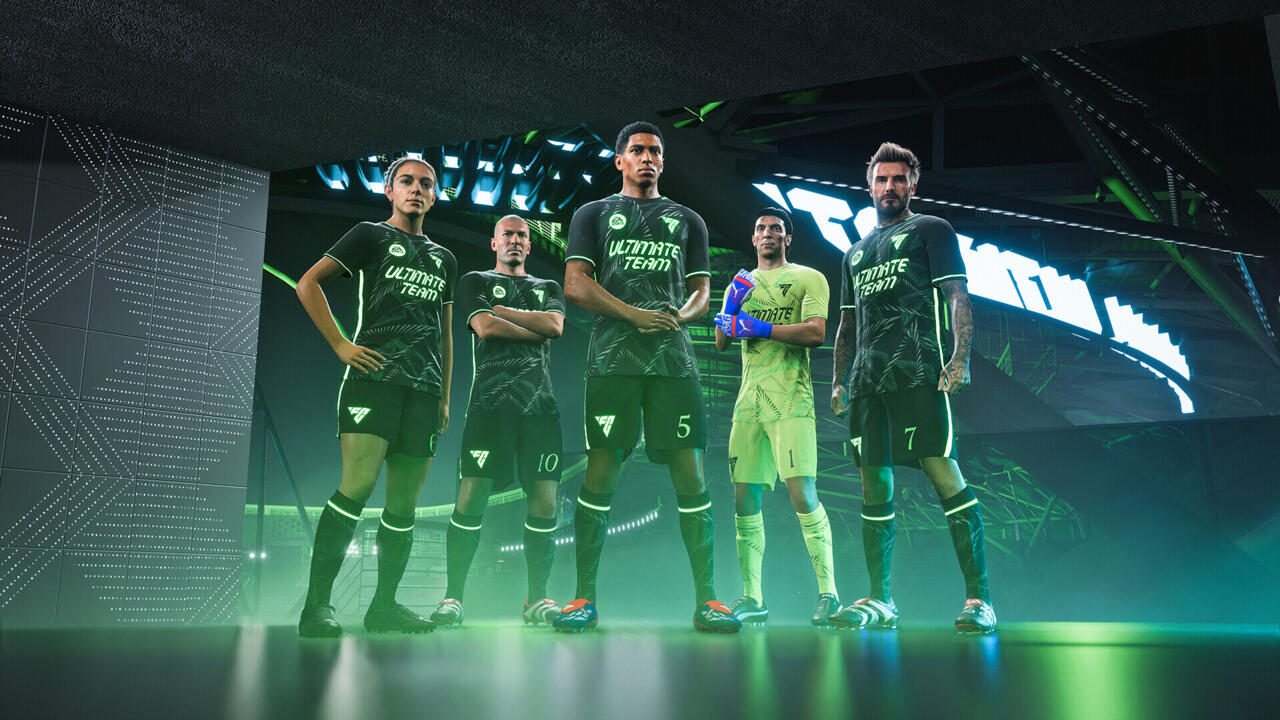The Legend of Zelda: Echoes of Wisdom offers a link between the two worlds of Nintendo’s iconic action-adventure franchise. It has the playfulness and freeform puzzles of Tears of the Kingdom and the traditional dungeon design the franchise was known for prior to Breath of the Wild’s seismic shake-up. Echoes of Wisdom deftly bounces from past to present and establishes its own identity, turning the page to start a new legend for Princess Zelda.
By now, you’re probably well-aware that the major change here is that the franchise namesake is finally the playable character. Technically, the Philips CD-i games The Wand of Gamelon and Zelda’s Adventure were the first to do this, but those abysmal games were nothing like Nintendo’s Zelda games–they weren’t even published by Nintendo. Echoes of Wisdom is the first proper game starring Zelda, which sounds rather ridiculous when you consider the fact that Tingle has starred in three games and a multi-function DSiWare app where you can have your fortune read by the creepiest dude from Hyrule.
From a narrative perspective, the role reversal makes little impact, largely because Echoes of Wisdom is light on story. A malevolent force is creating rifts across Hyrule that turn residents of Hyrule, including Link and Zelda’s father, into statues inside the dark and dreary dimension known as the Still World. Much like how Link was accused of wrongdoing in A Link to the Past, Zelda is accused of creating the rifts and is subsequently imprisoned; you’ll even find Wanted posters around Hyrule, this time showing Zelda’s face instead of Link’s. In her cell, she meets Tri, an ethereal being who accompanies Zelda on her quest and is essentially Zelda’s version of Navi from Ocarina of Time. Though some express momentary shock that Zelda is the kingdom’s only hope, she is mostly viewed as the one person capable of defeating the evil threatening to consume Hyrule.
While the rote plot is a hodgepodge of familiar stories, Echoes of Wisdom is more focused on shaking things up from a gameplay standpoint. The shift to playing as Zelda includes markedly different systems for combat, puzzle-solving, and platforming–yes, Echoes of Wisdom has plenty of platforming. Armed with a magical staff given to her by Tri, Zelda can spawn “echoes,” copies of objects and enemies you encounter across Hyrule. Outside of bosses, every enemy can be conjured as an echo. Since Zelda is incapable of attacking directly, friendly echo monsters serve as the main form of offense. Each echo has a cost, and going beyond your current max deletes the oldest echoes you created. Because there isn’t a cooldown period and you can manually wipe the slate clean at any time, this seemingly passive combat system is far more active and exciting than it initially seems. Once I started racking up echoes and was able to use more at once, I started to enjoy the organized chaos more than any pre-Breath of the Wild combat system.
Player choice is paramount to the combat system. Much like Tears of the Kingdom and Breath of the Wild, there’s no “wrong” way to vanquish enemies. Do you want to create rocks and hurl them at your enemies repeatedly? You can do that. Command Zirros to spew bombs everywhere? Check. Create a deathring of Pathblades that slice those armored Moblins and Lizalflos while you take a nap on a bed and regenerate health? It’s an effective strategy. Zelda does get to wield Link’s traditional weapons in Swordfighter Form, though this is tied to an upgradeable energy gauge. When used in combination with echoes, Swordfighter Form is a powerful complementary mechanic that adds another layer to the organized chaos of Echoes of Wisdom’s combat.



